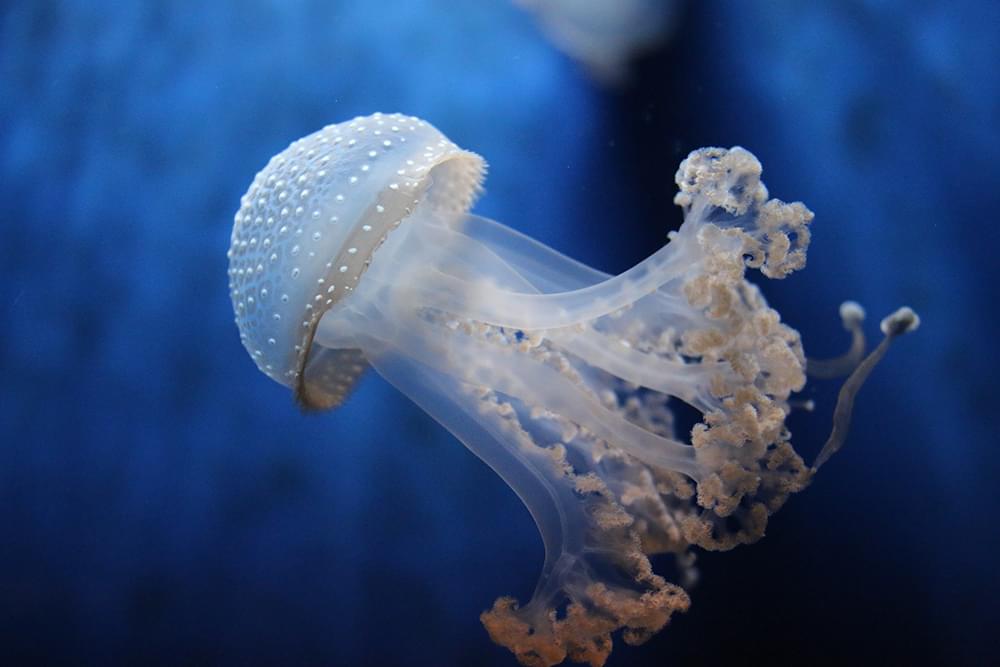The Genoa Aquarium, located in the North of Italy, is the largest collection and exhibition of marine animals across Europe. It is host to over 12,000 sea animals and showcases 600 species, including dolphins, sharks, penguins, manatees, jellyfish, seals, tropical fish, and Antarctic animals.
The aquarium was inaugurated in 1992 during the Genoa Expo, and on the 500th anniversary of Columbus’ discovery of America. Many visitors say the main building of the aquarium, which was designed by Genoese architect Renzo Piano, resembles a ship ready to depart to sea. In 1998, the aquarium was further expanded and an hundred-meter long ship, connected by a walkway to the original building, was added.
With over a million visitors a year, the Aquarium is known for its sharp focus on conservation efforts, working to protect and secure the future of fish across the globe. For example, the aquarium’s manatees are part of a European conservation project involving over forty aquariums. The manatees, also known as “sirens of the sea”thanks to their part in inspiring the myth of mermaids, are the only fish of the project that can be seen and admired by the public. Manatees are at great risk of extinction, and the Genoa Aquarium is the only structure in Italy to play host to this species. In 2015, a baby manatee was born, which is an incredibly rare event inside aquariums.
Upon entry to the aquarium, each visitor is presented with three large areas and forty tanks. Each tank is a replica of an underwater habitat. The very first room is called Planet Blue, and presents visitors with a video emphasizing the importance of water for life, and why the biodiversity of the oceans must be fiercely protected.
There are four open-air tanks, also designed by Renzo Piano, in the Cetacean Pavilion, which was opened after an extension in 2013. Visitors can either gaze over the surface of the water or descend deeper into the aquarium to dive into the world of cetaceans, including the aquarium’s impressive array of dolphins. There is a plethora of information provided on the eight species of Cetaceans that inhabit a protected area known as the Pelagos Sanctuary in the center of the Mediterranean Sea.
Further through the aquarium, visitors will find the Biodiversity Pavilion, home to nineteen of the aquarium’s tanks and housed inside the Nave Italia. The Nave Italia is a ship, designed with reference to the environments of the Mediterranean sea and Madagascar, a country with one of the highest rates of biodiversity in the world. There are several areas on the ship, containing jellyfish, clown fish, cardinal fish, and beautiful, multi-colored corals . The last section of the Biodiversity Pavilion includes a tank where visitors are granted the opportunity to pet stingrays.
The aquarium is an excellent place to visit, especially for children, as it educates visitors about sea life in and outside of the aquarium and demonstrates the wide range of research and conservation projects taking place throughout Europe and the world.














